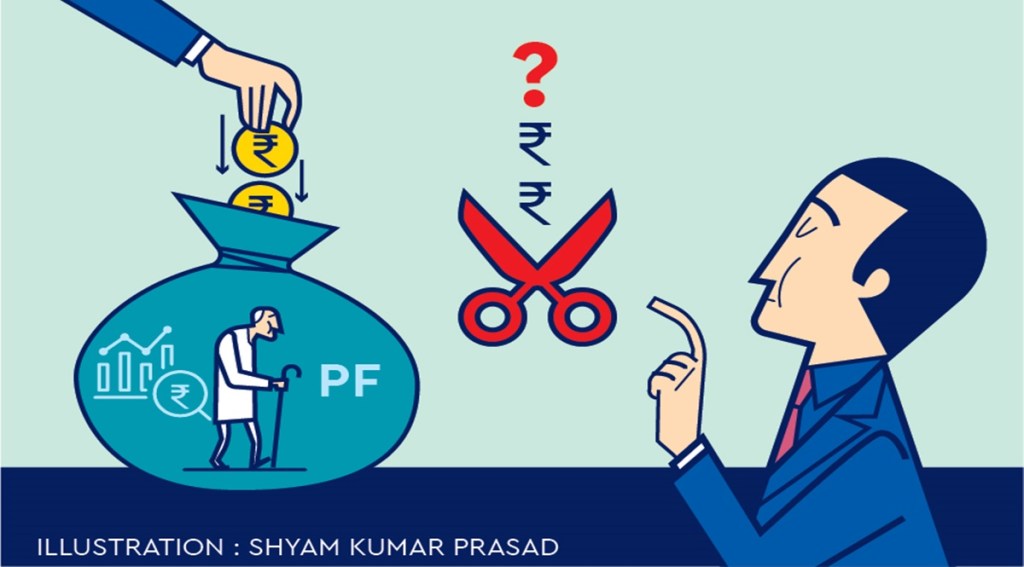By Amarpal S Chadha & Shanmuga Prasad
Contribution to Employees Provident Fund (EPF) is one of the main retirement savings options. Multiple tax benefits associated with the PF contribution and withdrawals makes it even more attractive.
In order to restrict these exemptions for high salary earners, changes have been brought both to the employer and employee contribution over the last two years. Budget 2021 brought in amendments to cap the tax-free interest received from employee contributions in excess of Rs 2.5 lakh made to qualifying provident fund after April 1, 2021. There is an enhanced limit of Rs 5 lakh where there is no employer contribution involved.
Subsequently, a rule providing mechanism for computation of taxable interest was notified by the Central Board of Direct (CBDT) on August 31, 2021. The rule mandates maintenance of separate accounts for taxable and non-taxable contribution within PF accounts from Financial Year (FY) 21-22 and provides that the interest accrued on taxable contribution shall not qualify for exemption.
The Rule also made clear that withdrawal of exemption is prospective from April 1, 2021, since it grandfathers the balance in PF account as on March 31, 2021 by making it part of the non-taxable contribution account. Accordingly, the employees will be subject to tax on the interest earned on the employee contributions made in FY 21-22 in excess of the threshold limit and the interest accrued on the same, as reduced by the withdrawals from the account, if any. Such interest would be taxable as ‘income from other sources’ in the hands of the individual.
How to calculate the tax
While we are at it, let’s take a look at the methodology of computation of interest on the taxable contribution, as prescribed under the rules. Suppose an individual contributes Rs 3 lakh as his employee share in PF during FY 21-22, while the employer contribution also remains the same. We have assumed that the rate of interest on the PF contributions for the FY 21-22 is retained at 8.5% p.a.
Given that he has contributed to PF in excess of Rs 2.5 lakh, the excess contribution of Rs 50,000 shall form a part of the taxable contribution account. Accordingly, the interest calculated on the taxable contribution of Rs 50,000 (calculated on equated basis for contributions made uniformly throughout the year) would be Rs 2,300 approximately. This interest earned on the taxable contribution account will be taxable in the hands of the employee as income from other sources. The interest accrued in the taxable contribution account in the subsequent years (including on the interest accrued in the last FY) will be continued to be taxed as income in his hands.
While clarity is awaited on the timing of taxability, withholding obligations, etc., this amendment has curtailed the benefit of tax-free interest enjoyed by certain sections of taxpayers. It is important both for the employers and employees to keep an eye on further clarifications and duly disclose this income and pay appropriate taxes to avoid adverse consequences. It is also important for the impacted employees to reevaluate their retiral plans given the increase in tax cost.
Chadha is tax partner and India Mobility Leader, EY and Prasad is tax director, EY


